When you’re new to the world of gardening, pot-appeal means pretty much everything. By this, I mean the sorts of plants that look (temporarily, at least) great on any garden centre’s sales bench, the kinds that murmur seductively to you, “Pick me because I’m just so darn beautiful”.
Of course the problem with this sort of Love Island approach to selecting plants for your garden or allotment is that many of the most garden-worthy, reliable, vigorous, floriferous kinds just don't get a look in. Take as an example summer-flowering climbers, a group of plants that almost inevitably scores very low when it comes to pot appeal, the reason being that they don't enjoy having their naturally deep, spreading root systems temporarily confined to small plastic containers.
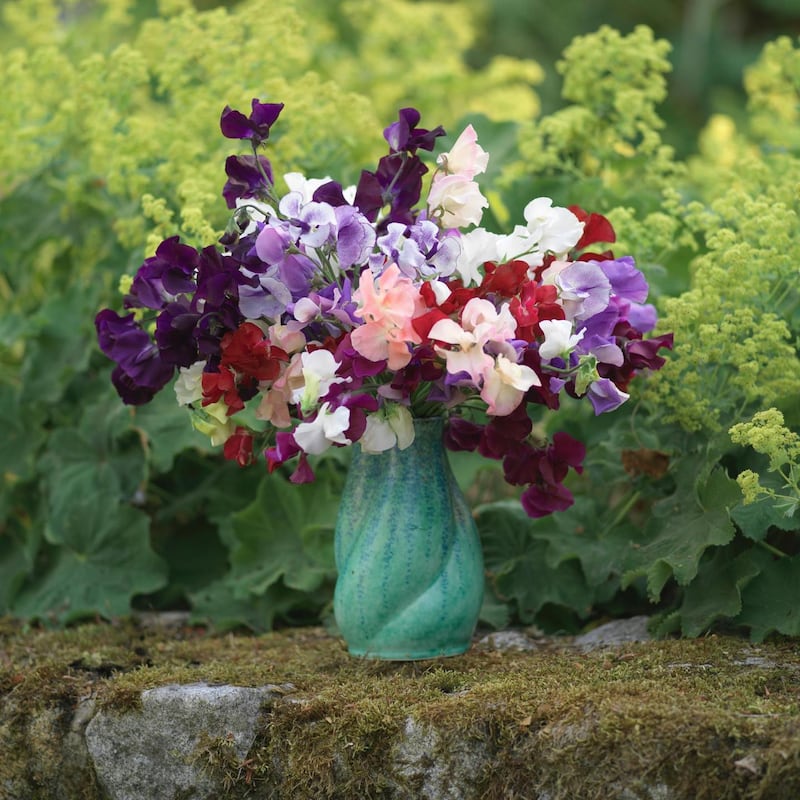
They are too cramped, too dry, too warm, the compost too quickly short of nutrients and too flimsy in structure - and so the plants soon start to sulk, keeping their glorious blooms on hold until they’re given a proper, permanent berth in a garden. Others falter because they’re without the sort of light but sturdy support that their fast-growing stems need in order to easily clamber up the side of a house wall or pergola.
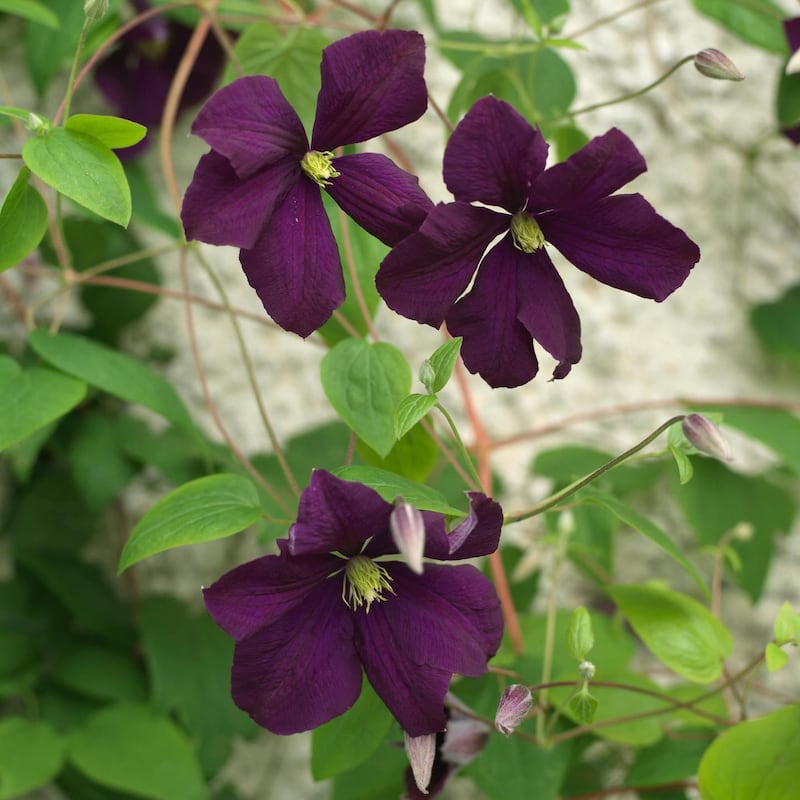
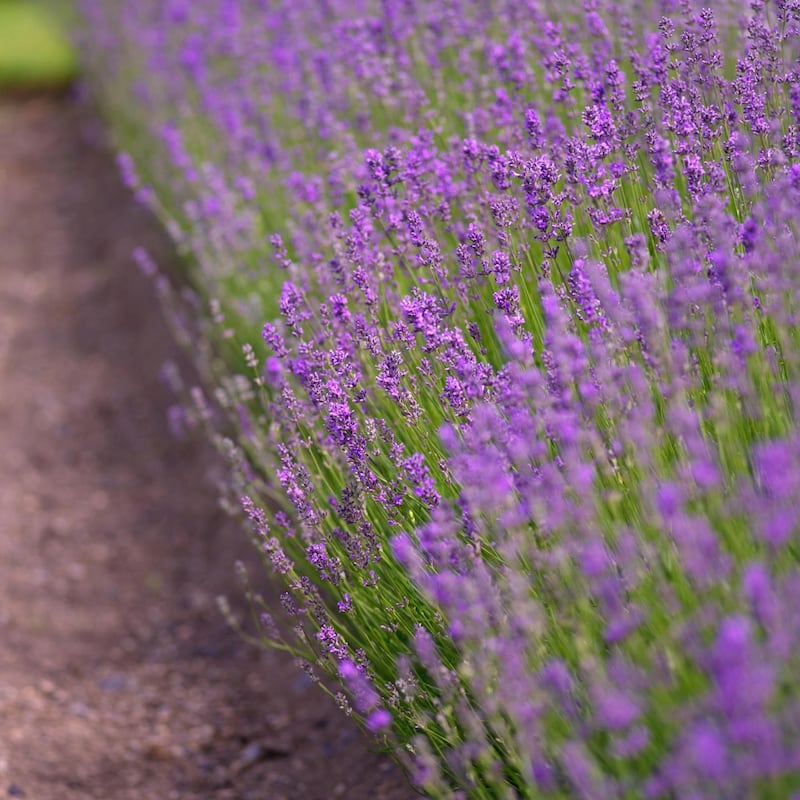
The result, understandably, is that many novice gardeners overlook these hugely ornamental, floriferous species in favour of prettier-looking pot-grown specimens. But if only they knew both the flower-power and staying power of a clematis in full summer bloom. Or a climbing rose that’s been given enough space and time to establish a vigorous, deep and healthy root system so that it can pump out its deliciously scented, beautiful, edible blooms all summer long.
Plus, these kinds of long-lived ornamental climbers easily trump almost all other kinds of plants when it comes to the matter of growing space, an increasingly thorny issue as Irish gardens get smaller. Because there’s no need to worry about growing out when instead you can grow up and up to artfully cloak garden and house walls, fences, trellises and other structures with an oh-so pretty tangle of foliage and flowers.
The ‘keepers’
So please heed these gentle words of advice. Ignore most of those blowsy wannabes in your local garden centre with their artificial-looking, plumped-up blooms and their over-the-top floral displays. For the large part they are the fly-by-nights of the gardening world, the pretty, flitty ephemerals that will be gone before you know it. Instead what you need are the “keepers”, the climbing plants that can endure the hard times, drought and cold - yet still come good year after year in the way the following can.
Top of that list, as mentioned, are clematis. In particular, the ultra-reliable, proven varieties that flower their hearts out for months on end yet require very little in the way of maintenance - just the occasional spring pruning (and even this isn’t strictly necessary) and an annual mulch of manure combined with a sprinkle of organic pellet fertiliser (again, you’ll easily get away with not doing this every year). Top picks include varieties of the impressively undemanding, disease-resistant, drought-resistant, hardy, perennial, summer-flowering Clematis viticella, including classics such as the inky-purple C. “Etoile Violette’’, the violet-flowered C. “Purpurea Plena Elegans’’ and the wine-red C. “Mme Julia Correvon” (which will even do fine in a large tub or container) as well as more recent introductions such as the creamy-white C. “Maria Cornelia” (also happy in a large pot).
Also new hybrid varieties of clematis as the violet-red C. “Summer Love” (a relative of Clematis flammula), which flowers from July-October. Give all of these a fertile, moist but free-draining soil in full sun or light/dappled shade and they’ll flower their hearts out all summer long and well into autumn.
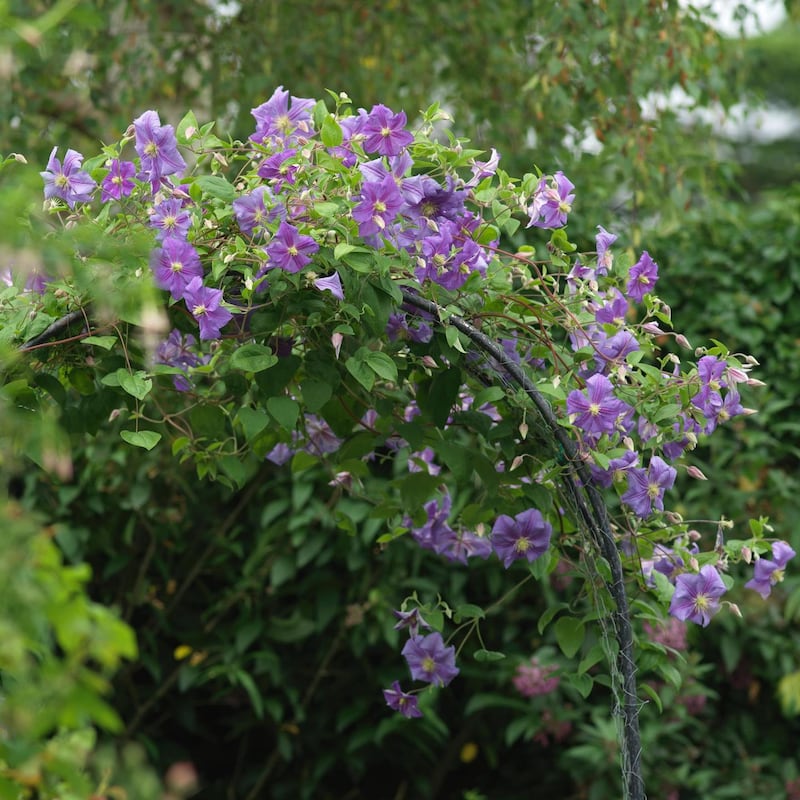
Planting partners
Along with their ability to gracefully clamber up almost any kind of vertical structure with just a little support (chicken wire, or lengths of wire tautened between screws and placed at intervals up a wall or structure), almost all summer-flowering clematis also make wonderful planting partners for climbing roses, which generally enjoy the same growing conditions. In the case of the latter, look out for repeat-flowering, disease-resistant, vigorous, floriferous varieties. Examples include the dark crimson R. “Etoile de Hollande”, the pink R. “Strawberry Hill” , the shade-tolerant rich-red “R. Souvenir du Docteur Jamain”, the rose-pink R. “Constance Spry” and if you have the space for it, the very vigorous shell-pink R. “Paul’s Himalayan Musk”.
Another “keeper” when it comes to ornamental summer flower climbers is star jasmine, or Trachelospermum jasminoides. This is the perfect plant for a sheltered courtyard or town garden where you’re looking for a not-too-rampant plant with evergreen foliage and small but decorative, long-lived, scented white flowers that will appear from mid-summer until the first frosts. Give it a sunny, warm spot with a well-drained fertile soil against a wall. In cooler areas prone to harsh/early frosts, try growing it in a conservatory or sunny porch. Also best suited to a sheltered, sunny garden is the passionflower (Passiflora caerulea), which will flower from June until early autumn if given a fertile, moist but well-drained soil in full sun/ light shade and with protection from cold winds. Again, if your garden is a cold, frost-prone one, then try growing it in a conservatory or glasshouse, bearing in mind that a mature specimen can reach a considerable height and spread of 9m-10m x 2.5m.
Shade loving plants
Not all summer flowering climbers relish the heat and intense light levels of a south or west-facing wall. Instead some prefer the cool dappled shade of a north or east-facing position, such as the climbing Hydrangea anomala ssp. petiolaris. While slow to get going, this decorative shrubby climber compensates by being impressively long-lived and produces its long-lasting lacy, creamy-white flowers in early summer followed by a charming autumnal display of buttery-coloured foliage. It likes a moist, cool, fertile soil (so dig plenty of well-rotted manure and garden compost into the ground before planting and add it as an annual spring mulch) for best results.
Finally, while my advice has been to ignore the most obvious blandishments of some of the prettiest yet most short-lived of plants, there are a few notable exceptions. Chief amongst them is sweet-pea, an annual climber that produces an abundance of flowers of such rare beauty and delicious scent that space should be found for it in any garden. It’s too late to sow the seed this summer - or even to plant it -but do put it on your list of plants to sow seed of this coming autumn/ winter for planting out next spring. Treat it like you would a short-lived, youthful summer romance. Intoxicating and seductive but oh-so- fleeting.
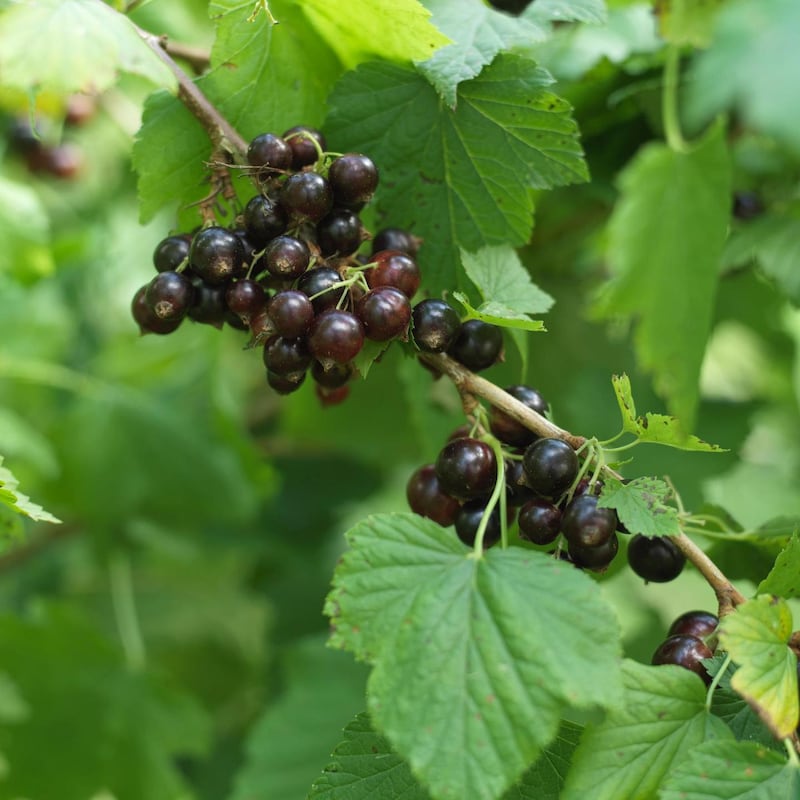
This Week in the Garden
If you’re aced with a glut of blackcurrants, then consider making a delicious vitamin C-rich blackcurrant cordial from those juicy berries. Just wash them, then tip them into a large saucepan filled with boiling water (for every 500g of blackcurrants add roughly 250-275g of caster sugar to 250ml of water), bring this back to a simmer for several minutes, then use a potato masher to gently break up the fruit before adding citric acid (half-teaspoon for every 500g of berries). Leave to cool then strain using a fine sieve or muslin bag. The resulting cordial can be used straight away or bottled and refrigerated for later use.
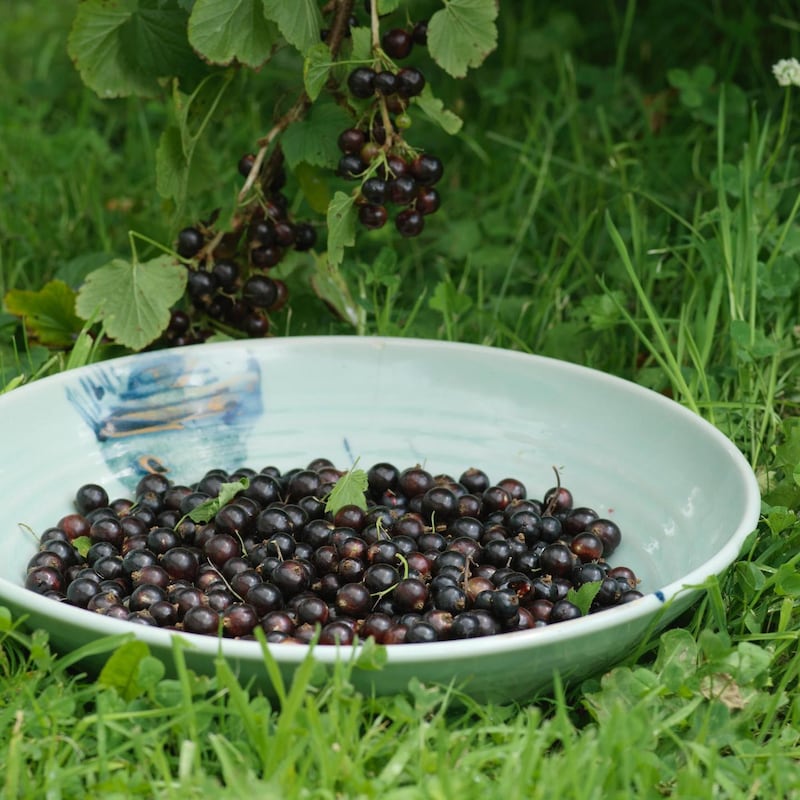
Garden birds have suffered badly during the recent prolonged drought and need our help. So make sure that bird-feeders are kept clean and well-stocked and provide a source of water for them to drink/bathe. A wide, shallow dish is ideal, with a few perching stones places in it to allow smaller garden birds to easily access water.
This is a good time to cut back lavender plants, using a sharp shear or scissors to remove the faded flower spikes along with about 5-8cm of the foliage beneath it. This sort of summer pruning helps to keep these short-lived plants compact and healthy and prolong their garden worthiness , especially if followed by a second prune in early spring (February).
Dates For Your Diary: Saturday 28th July (2.30pm-5pm) and Sunday 29th July (12.30pm-5pm), St Andrew's Church, Malahide, Malahide Horticultural Society Annual Summer Show with plant, cut-flower and honey sales as well as competitive exhibits, see malahidehorticulturalsociety.com for details; Thursday 26th July (11am-12pm), National Botanic Gardens Glasnevin, 'Budding Botanists', a children's workshop where kids (6+)can learn how to identify and collect plant specimens as well as how to create their very own flower press to preserve them, to book, call (01) 804 0319/ 857 0909 or email botanicgardens@opw.ie. Admission free.





















